Carbon Monoxide Poisoning Lawyer in Los Angeles
Carbon Monoxide Poisoning: The Dangers of the Silent Killer
Let Us Help With Your Carbon Monoxide Poisoning Case
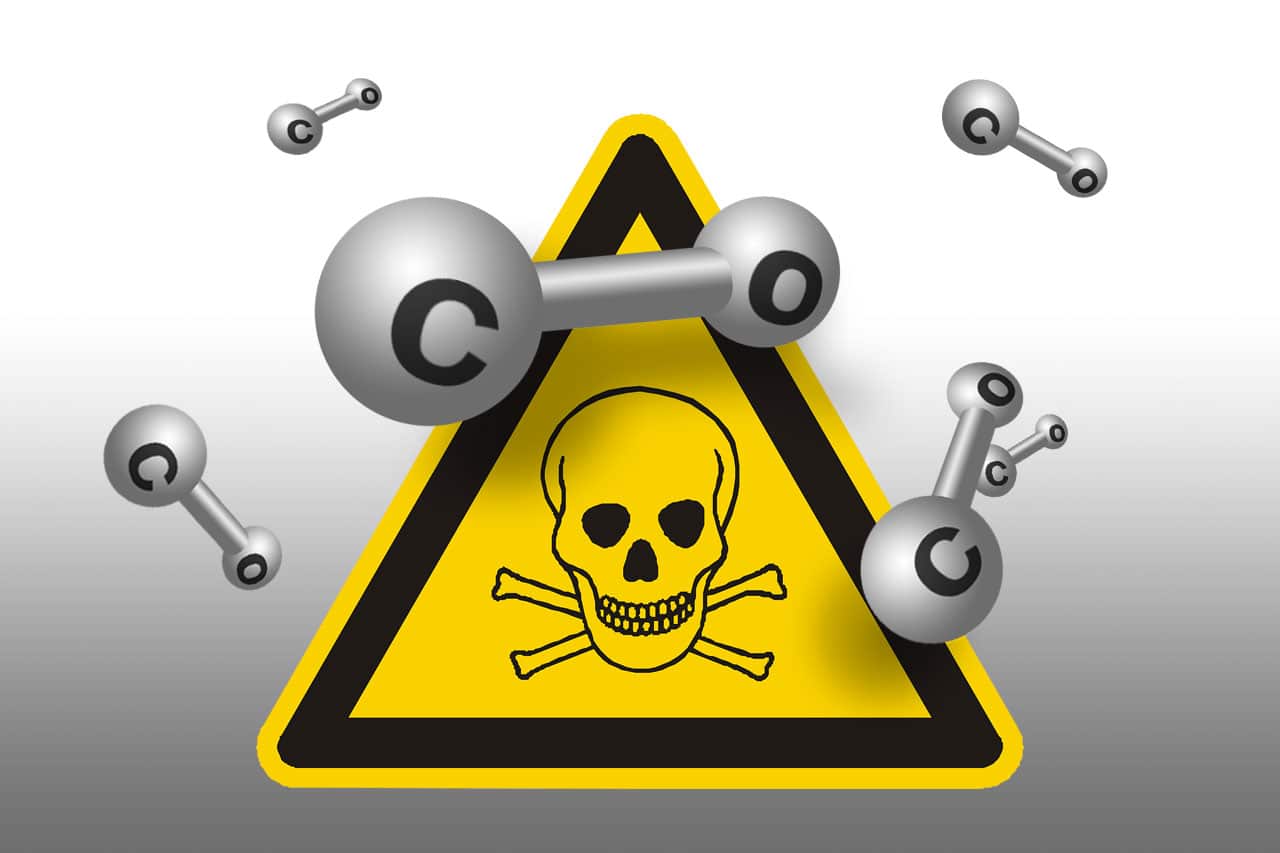
Many Americans may have been slowly poisoned by carbon monoxide without realizing it. Carbon monoxide is known as the “silent killer” because the fumes are odorless, tasteless, and colorless. It is also difficult to trace the source of the poisoning.
The symptoms can include headaches, nausea, dizziness, light-headedness, fatigue, weakness, difficulty focusing, and mood changes. Many of these maladies can be brushed off as fatigue or eating something that went bad. If any of these symptoms reoccur, don’t brush it off as nothing. Carbon monoxide poisoning causes more than 20,000 emergency room visits and more than 400 deaths per year according to the Centers for Disease Control and Prevention.
If you feel these symptoms at home, but not outside such as at work, start investigating for carbon monoxide leaks in your home. Even low level exposure can lead to brain injuries, not to mention the dangers of ongoing, high levels of risk.
Call Us for a Free Consultation
Understanding Carbon Monoxide Poisoning
What is it?
Carbon monoxide (CO) is a deadly toxic gas that results from incomplete combustion. Sometimes it can often give off the unique odor of aldehydes, suggesting the presence of CO. Carbon monoxide impairs the functioning of red blood cells to carry oxygen to the tissues, which can lead to serious health risks and even death.
The current Occupational Safety and Health Administration (OSHA) permissible exposure limit to carbon monoxide is 50 parts per million. There is no safe or normal level of carbon monoxide and exposure should be avoided at all costs.
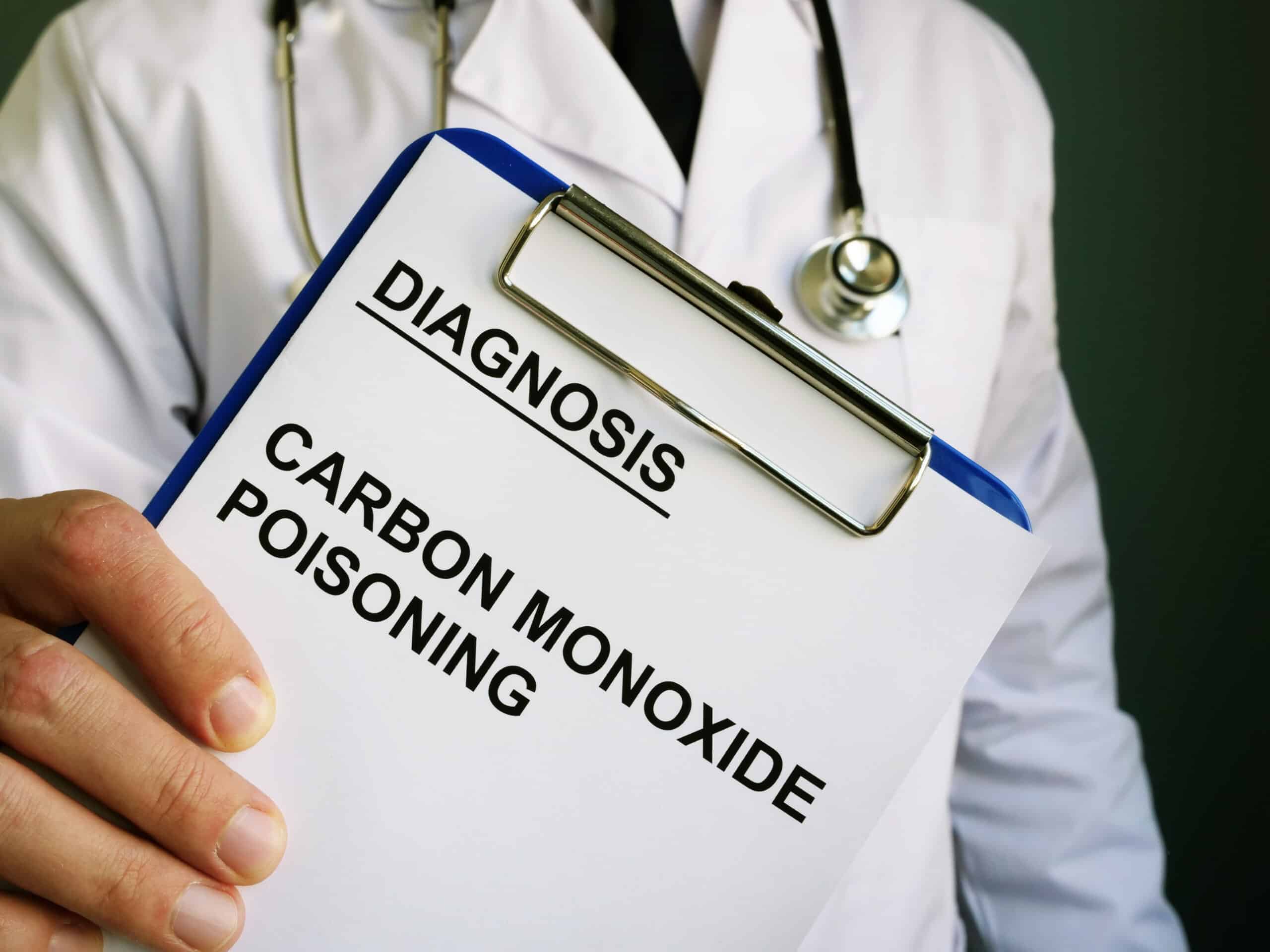
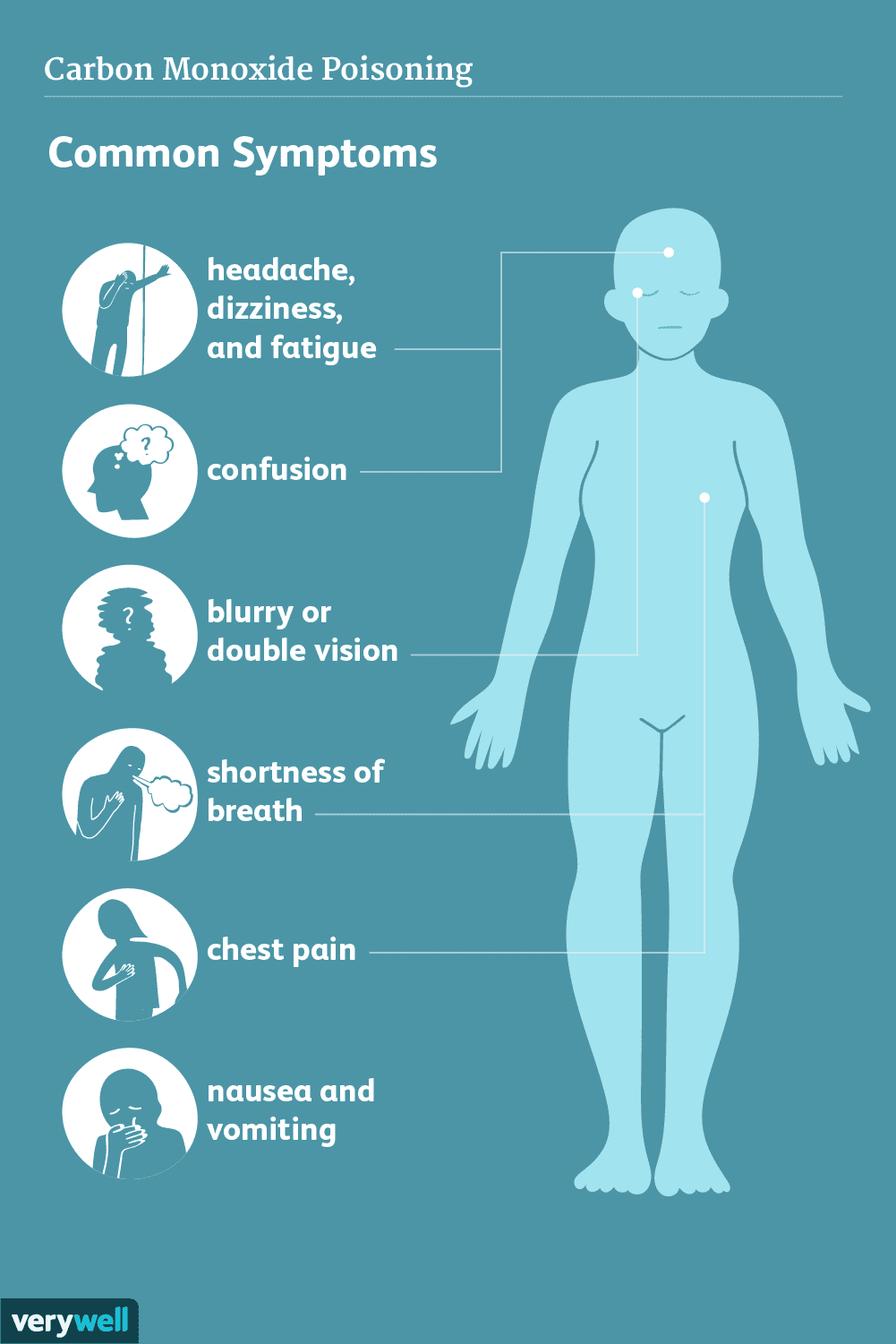
Symptoms of Carbon Monoxide Poisoning
OUR TENANT LAW FIRM GETS RESULTS
$1,000,000
Settlement in a case alleging fraud by a property manager
Settlement for tenants living with roaches and sewer leaks
Settlement for a tenant injured by asbestos in her apartment
For tenants displaced by a fire
For a tenant harmed in a ceiling collapse
For a family forced to live with rats and roaches
For tenants displaced by asbestos
For a tenants with a roach infestation

The Legal Rights of Carbon Monoxide Poisoning Victims
- Right to Safe Housing: Landlords must provide safe living conditions, including carbon monoxide detectors.
- Right to Compensation: Victims may be entitled to compensation for medical expenses and other damages.
- Right to File a Personal Injury Lawsuit: Victims can sue responsible parties, such as landlords or manufacturers.
- Right to Legal Representation: Victims can seek legal help to protect their rights.
- Right to Emergency Medical Care: Law mandates prompt medical attention for carbon monoxide poisoning.
- Right to Informational Resources: Victims are entitled to information on carbon monoxide poisoning and prevention.
- Right to Report Violations: Tenants can report landlords who fail to maintain carbon monoxide detectors.
- Right to a Safe Workplace: Employees have the right to a workplace free from carbon monoxide exposure.
- Right to Remediation: Victims can demand immediate correction of hazardous carbon monoxide levels.
- Right to Legal Remedies for Wrongful Death: Families can sue for wrongful death caused by carbon monoxide poisoning.
Full-Service Tenant Rights Law Firm
At the Brinton Firm, we prioritize your access to justice. Our team of multilingual experts understands the challenges Spanish-speaking individuals face with legal paperwork and language barriers. That's why we provide compassionate and informed support without hidden fees or retainers. Take control of your journey towards equity and fairness within the law by reclaiming your rights with us.
Our passionate and experienced tenant lawyers have recovered millions of dollars from negligent landlords across California, fighting for the rights of tenants who were denied them. We not only provide legal counsel to homeowners, but also arm them with knowledge and confidence to secure what is justly due in a safe environment.
- Mild: headache and nausea with some rare cases of vomiting
- Moderate: increased nausea and dizziness, feeling of weakness or fatigue, difficulty concentrating and breathing
- Severe: brain damage, seizure, coma, and death
A blood test for carboxyhemoglobin levels indicates levels of carbon monoxide in the blood but does not determine if physical damages have been sustained. Consult a toxicologist, neurologist, or cardiologist, to rule out the possibility of lasting or permanent injury.
Our tenant rights lawyers at Brinton Firm will gather the necessary evidence to establish your claim: medical reports, expert testimony, and professional investigations to determine your carbon monoxide rights as a tenant.
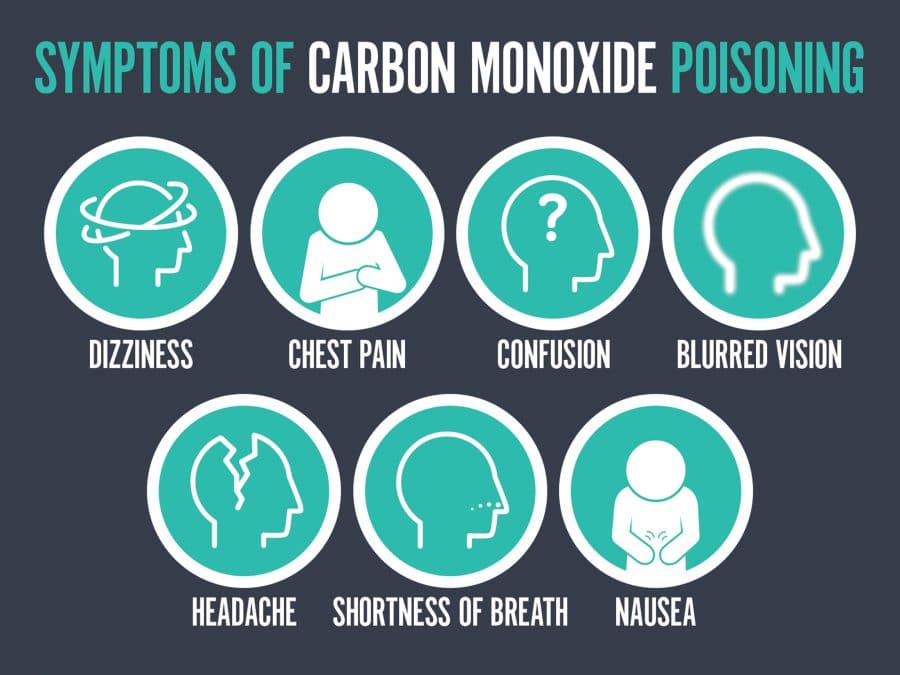
Homes and businesses should be equipped with carbon monoxide detectors that are in good working order. Anyone who may be exposed to carbon monoxide at the job must be supplied with ventilators and other safety equipment to avoid chronic, acute, or deadly exposure.
California Carbon Monoxide Poisoning Prevention Act requires CO alarms in all single-family dwellings. Make sure the CO alarms in your home are in working order.
The injury or death of a loved one due to carbon monoxide poisoning can be overwhelming and devastating. The experienced lawyers at Brinton Firm may be able to help you with gas leak negligence lawsuits.
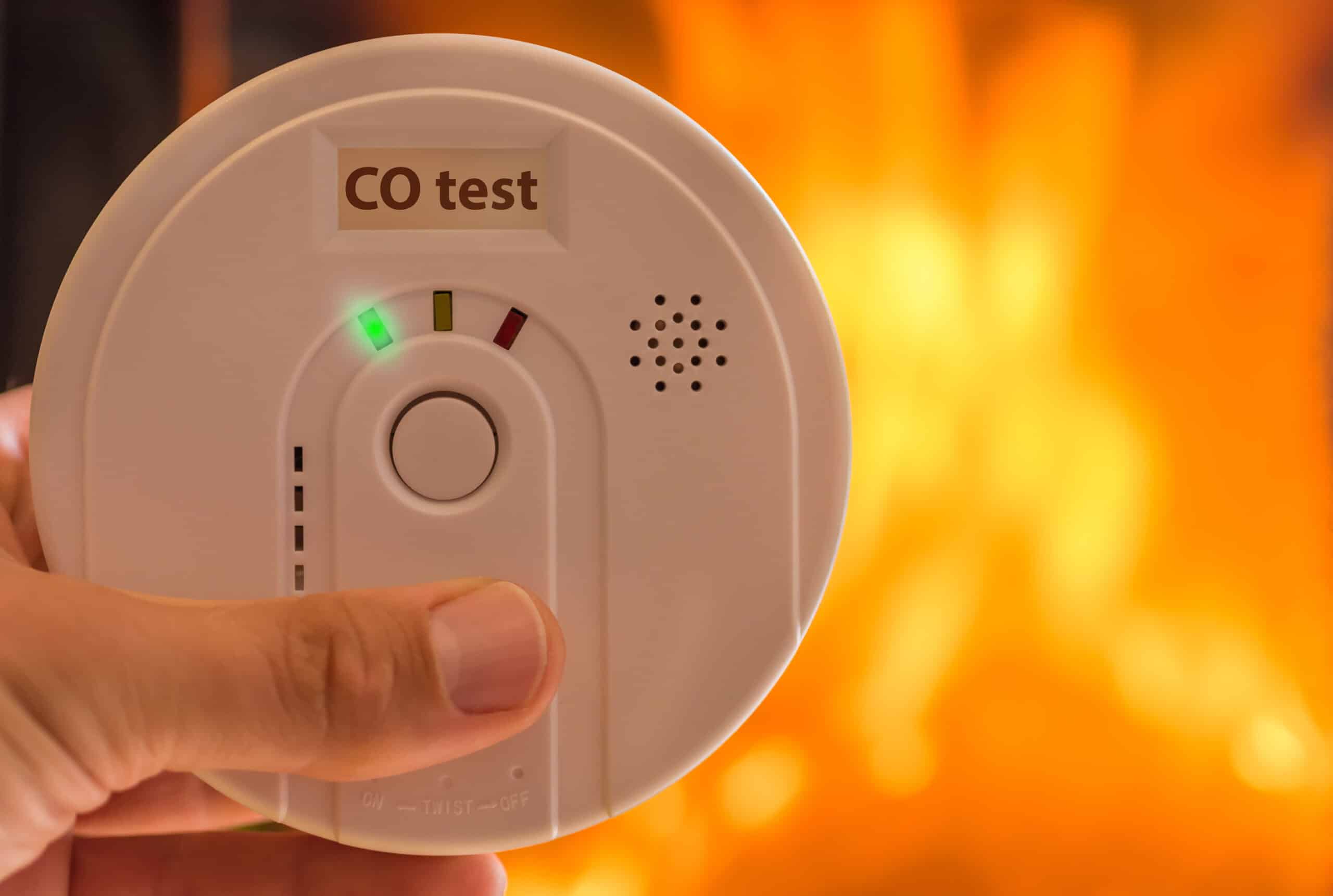
Call Us for a Free Consultation

Landlords may be liable under these conditions
- Violation of carbon monoxide detector laws. California requires landlords to install carbon monoxide detectors and maintain them in working order in rentals.
- Violation of health and safety codes. States often dictate minimum standards for health and safety such as proper ventilation for gas ranges or regular maintenance of fireplaces in rentals.
- Negligent maintenance. California recognizes the implied warranty of habitability where landlords provide tenants with rentals that meet basic health and safety standards.
Legal Counsel from Los Angeles Personal Injury Attorneys
Typical Steps Involved
- Seek Medical Attention: Immediate care if poisoning is suspected.
- Document Incident: Record dates, symptoms, and treatments.
- Consult a Lawyer: Contact a specialized attorney.
- Investigation: Gather evidence and interview witnesses.
- Identify Liable Parties: Determine responsibility.
- File a Claim: Detail injuries and damages.
- Negotiation: Seek a fair settlement.
- Litigation: Present the case in court if needed.
- Resolution: Settle out of court or through judgment.
Types of Damages That Can Be Recovered
- Medical Expenses: Past and future treatments.
- Lost Wages: Compensation for lost income.
- Pain and Suffering: Physical and emotional distress.
- Disability: Long-term disabilities or disfigurement.
- Loss of Consortium: Impact on family relationships.
- Punitive Damages: For gross negligence.

